
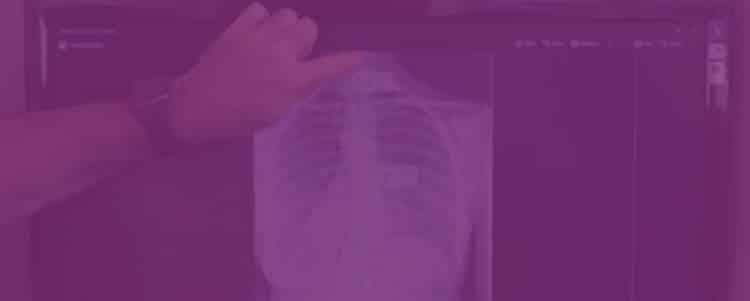
Sciatica Stretches: Great Stretches for Sciatica Pain Relief
When it comes to Sciatica pain, stretching can go a long way towards pain relief.


Stretches for Lower Back Pain: How To Stretch The Lower Back
The lower back supports the upper sections of the spine and bears most of our body weight, so proper stretching should happen from time to time.
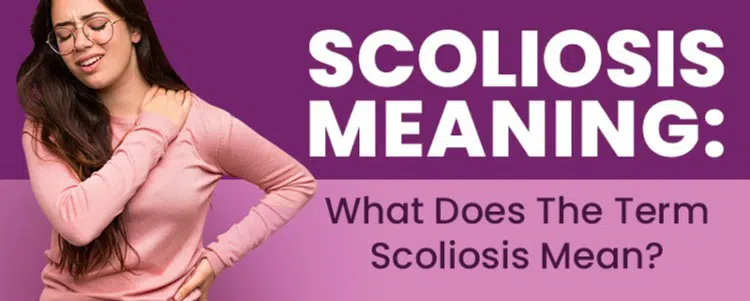

Scoliosis Meaning: What Does The Term Scoliosis Mean?
When a patient is diagnosed with scoliosis, it means that person has developed an abnormal or unnatural curve on their spine of 10 degrees or more.
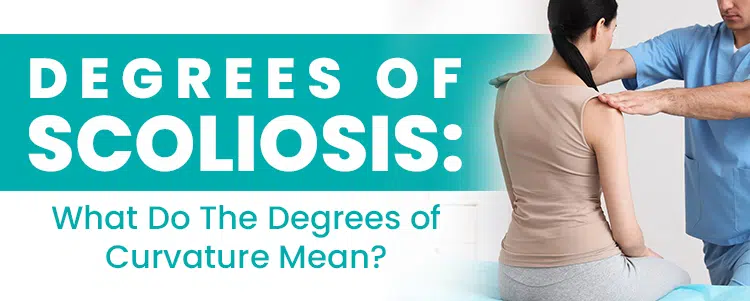

Degrees of Scoliosis: What Do The Degrees of Curvature Mean?
Each scoliosis is unique, and so is each patient’s case. Beyond this, however, the degrees of curvature play a big role in how different each scoliosis is.

Scoliosis Awareness Month: When Is It and What Happens?
Scoliosis Awareness Month is an annual recurrence, created with the purpose of spreading awareness and educating patients on the benefits of proactive scoliosis treatment.
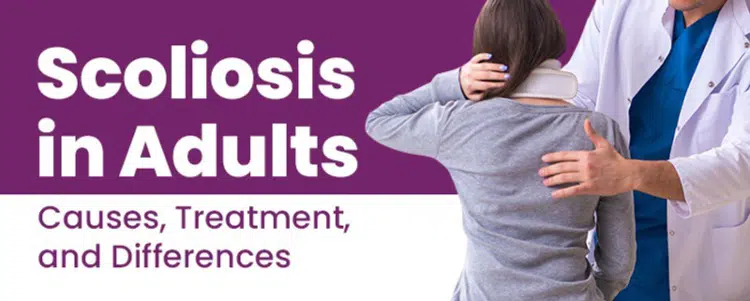

Scoliosis in Adults – Causes, Treatment, and Differences
While a lot of the talk about scoliosis causes, symptoms, & treatment focuses on children & adolescents, the topic of scoliosis in adults also merits attention.
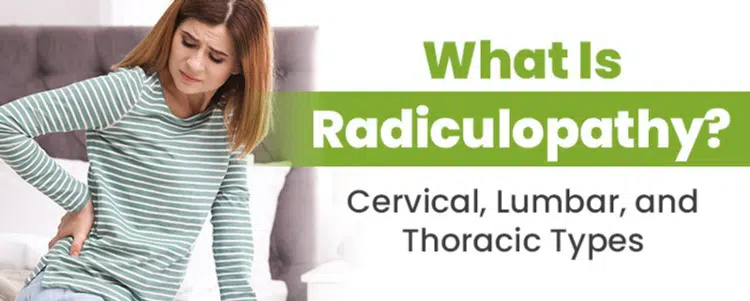

What Is Radiculopathy? Cervical, Lumbar, and Thoracic Types
When a spinal nerve is pinched is what we call "radiculopathy." Depending on where this spinal nerve is located the radiculopathy can be cervical, lumbar, or thoracic.
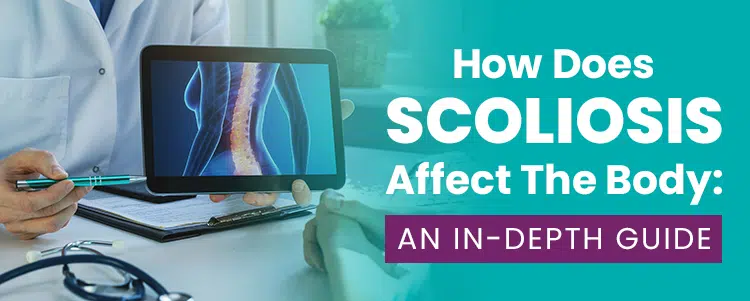

How Does Scoliosis Affect The Body: An In-Depth Guide
Each case of scoliosis is unique but regardless of severity level or type of scoliosis, the main area of impact is the body’s natural symmetry and alignment.
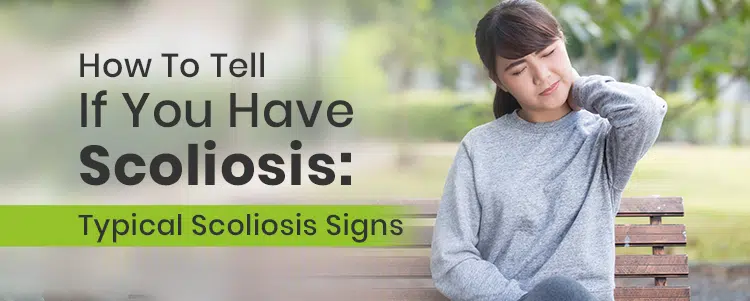

How To Tell If You Have Scoliosis: Typical Scoliosis Signs
Scoliosis can be subtle in its initial stages, making it hard to distinguish. But looking closely, changes to body symmetry is one of scoliosis's biggest telltales.
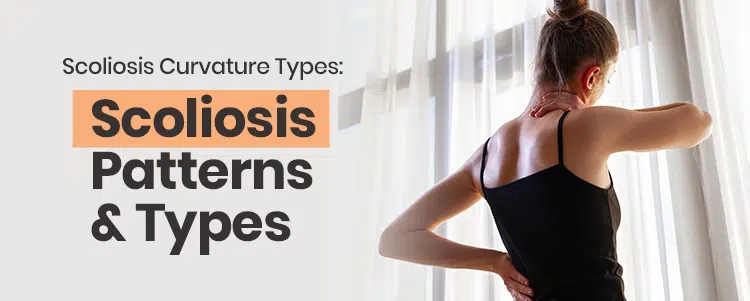

Scoliosis Curvature Types: Scoliosis Patterns & Types
here are different types of scoliosis. One of the determinants is the scoliosis pattern, its location in the spine, and if the source is known or not.
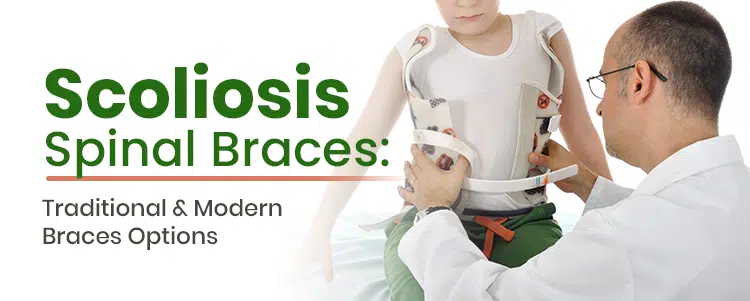

Scoliosis Spinal Braces: Traditional & Modern Braces Options
Different treatment approaches focus on different results. One focuses on reducing the progression of the curve, while the other seeks corrective results.


What Is The Best Sleeping Position For Sciatica?
Sleeping with sciatic pain is challenging, depending on the pressure and pain levels for some patients; sleeping on their side or flat on their back can be helpful.
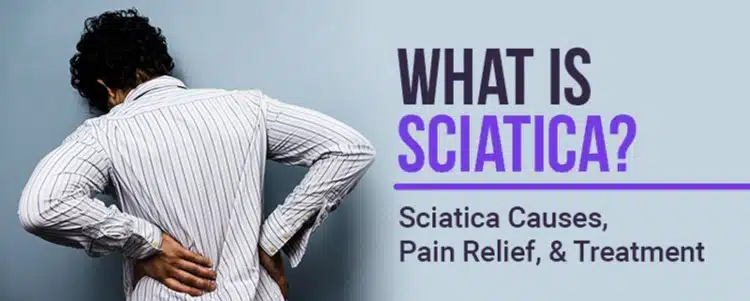

What Is Sciatica? Sciatica Causes, Pain Relief, & Treatment
When the sciatic nerve is exposed to uneven pressure or compression, it becomes irritated and causes pain in varying strength and distribution.
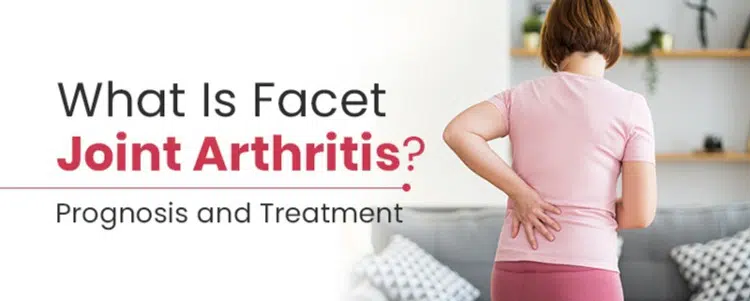

What Is Facet Joint Arthritis? Prognosis and Treatment
When facet joint arthritis happens is because the cartilage that covers the joints has begun to erode.
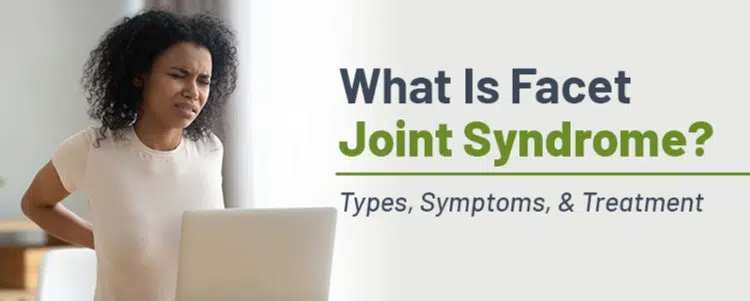

What Is Facet Joint Syndrome? Types, Symptoms, & Treatment
Degenerative changes on the face joints of the spine cause the Facet Joint Syndrome.
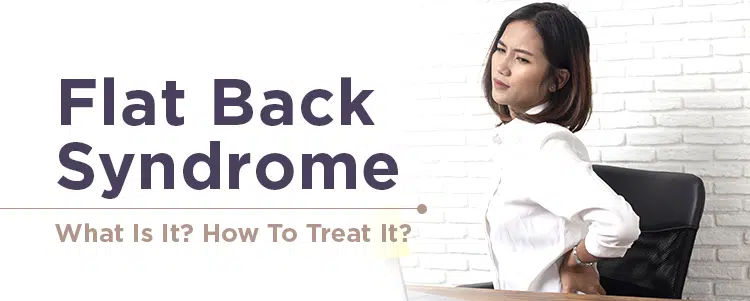

Flat Back Syndrome – What Is It? How To Treat It?
The spine’s healthy curves must be maintained, when these healthy curves are lost what we know as “flatback syndrome” happens.


What Is Sagittal Imbalance? How To Measure & Correct It
A front-to-back imbalance of the spine is what is known as a sagittal imbalance. It can be measured with an X-ray, and the best way to correct it is to follow treatment.
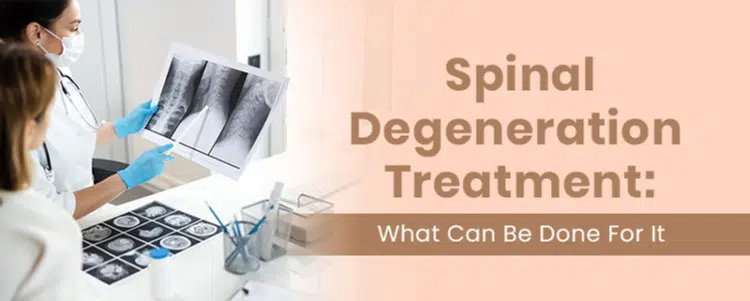

Spinal Degeneration Treatment: What Can Be Done For It
Spinal degeneration treatment is often determined by its underlying causes. But the patient’s lifestyle plays a key role in its progression and degree of injury.
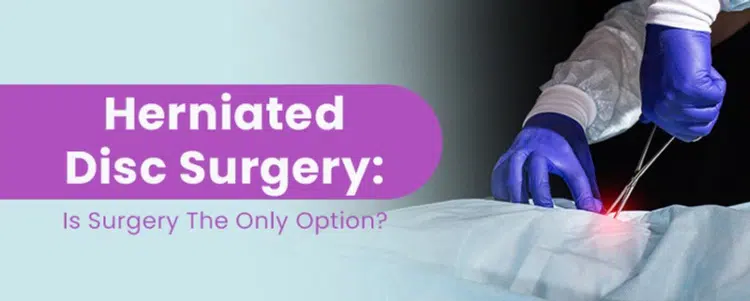

Herniated Disc Surgery: Is Surgery The Only Option?
There are several treatment options for herniated discs, but before considering surgery, patients should explore other less risky and more affordable options.